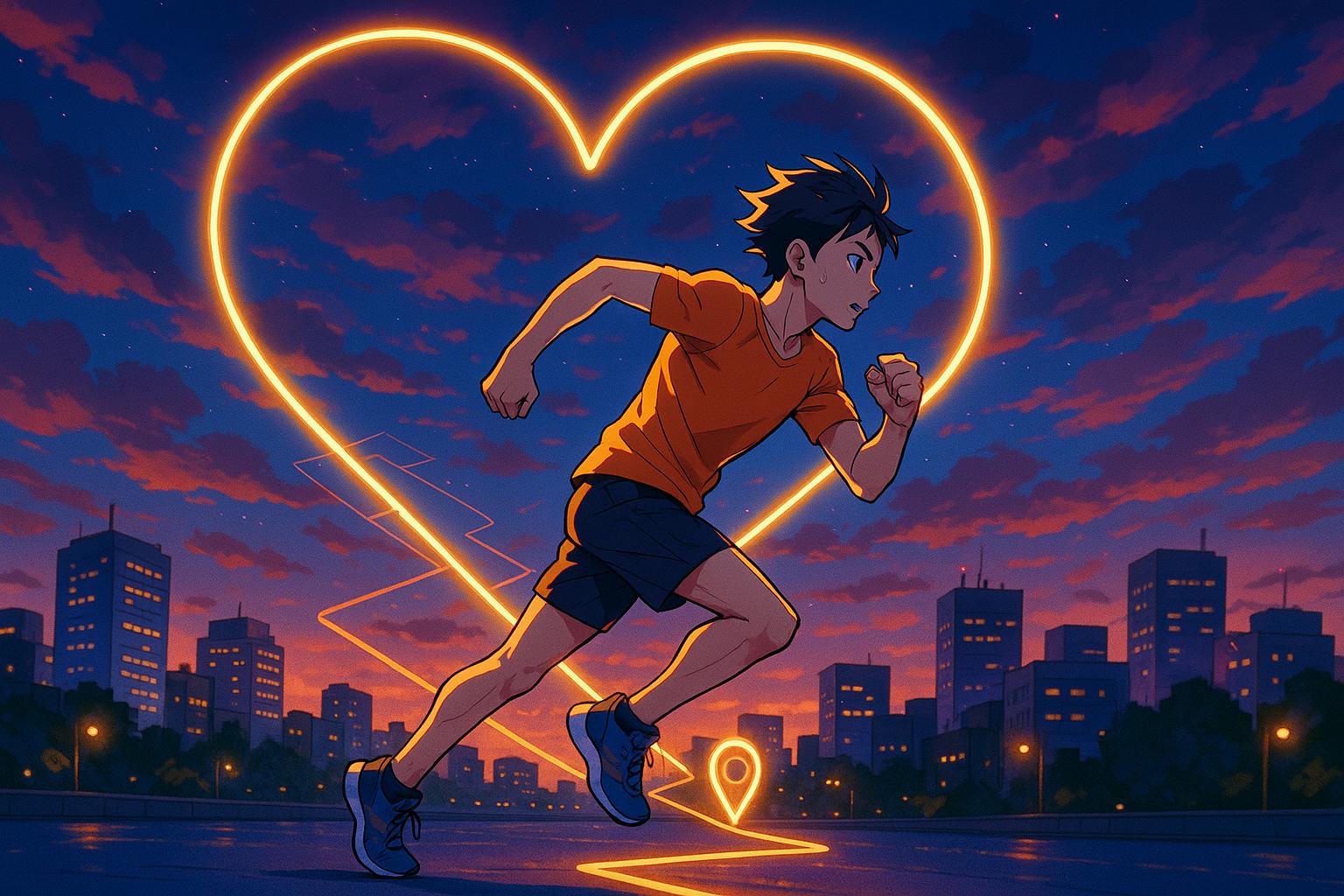In an unexpected intersection of fitness and creative expression, athletes are increasingly turning to GPS fitness trackers like Strava to create striking visual art through the routes they run or cycle. This phenomenon, often dubbed "Strava art," transforms mundane workouts into elaborate designs, pushing the boundaries of both physical endurance and artistic creativity. Some of the most audacious projects include a runner in Wales who mapped a giant penis and testicles across the hills and a Finn who skated a 16km image of a great white shark on a frozen lake, showcasing the playful yet profound potential of this medium.
The journey to this unique form of expression often begins with personal trials. One artist, reflecting on a turning point in his life, described how signing up for a boxing match in 2013 catalysed a transformative journey. Having faced issues like obesity and heavy drinking, he trained intensively, losing three stone and subsequently taking on increasingly ambitious challenges, all while raising money for mental health charities. His latest endeavour involved a colossal 72-mile run that he mapped to resemble male genitalia, strategically planned to coincide with Men's Health Awareness Month. The commitment was grueling, yet the combination of humour and advocacy turned his physically taxing feat into a conversation starter about mental health.
Equally inventive is Samppa Tölli, who took to the ice of Lake Hiidenvesi to etch his own version of Strava art. His decision to skate a shark’s image arose from a desire to inject creativity into his winter routines. Despite challenging conditions, including poor visibility and bumpy ice, Tölli’s meticulous planning resulted in a successful and joyful representation, which he expanded upon with subsequent works, including an eagle drawn in celebration of local wildlife. His efforts exemplify how GPS art can stimulate not only personal motivation but also foster a deeper connection with one’s environment and fitness activities.
Frank Chan, from San Francisco, has leveraged his running routine to create detailed portraits of well-known figures, from musicians to personal tributes. His GPS rendition of Chappell Roan's album cover involved nearly 75km of running over three days, carefully mapping out the intricate details to ensure it resembled the original artwork. Chan's creations not only showcase his artistic flair but also reflect a broader cultural commentary, blending his love for music with his passion for running. He likens GPS art to a meditative practice, allowing him to focus on his surroundings and add a layer of intention to his workouts.
In another heartwarming narrative, Frédéric de Lanouvelle and his daughter Mathilde embarked on a tandem cycling journey covering over 2,162km to create an enormous heart shape across France. This ambitious undertaking was not merely about setting a Guinness World Record; it was a heartfelt daddy-daughter project aimed at raising funds for children in need of heart surgeries. Their experience, marked by challenges and setbacks, became a bonding opportunity and a true adventure, emphasising the spirit of teamwork and family engagement that is richly woven into the fabric of GPS art.
Tapping into her love for her cocker spaniel Miles, Chiara Franzosi created a playful depiction of her dog through a 60km run around Edinburgh. This project, initiated during the COVID-19 pandemic, mirrors her emotional connections and the joy running brings her. Despite the simplicity of her design, it captures the essence of her dog and illustrates how Strava art can serve as a personal tribute, igniting creativity even in the midst of challenging conditions.
GPS art serves as a potent reminder of the intersections between fitness, creativity, and societal engagement. As athletes around the globe continue to explore this innovative form of artistic expression, their unique journeys reflect not only their physical stamina but also a resilient spirit that champions mental health, celebrates relationships, and makes powerful statements through art. Each route tells a story, spinning the narrative of the contemporary athlete into rich tapestries of colour and movement, demonstrating that enduring in sport can lead to extraordinary forms of personal and communal creativity.
Reference Map:
- Paragraph 1 – [1], [2]
- Paragraph 2 – [1], [2], [4]
- Paragraph 3 – [5], [6]
- Paragraph 4 – [4], [6]
- Paragraph 5 – [2], [4]
- Paragraph 6 – [1], [2]
Source: Noah Wire Services
